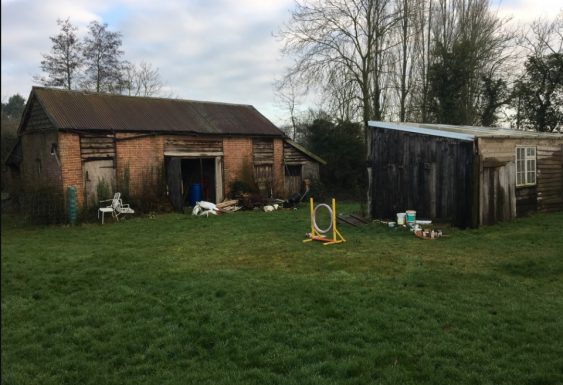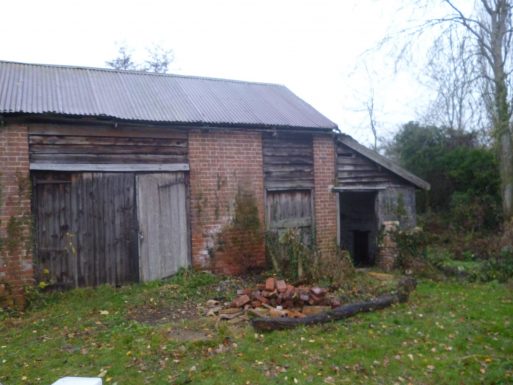Plough Farm, near Diss.
We conducted a heritage appraisal to support the replacement of a 1960s barn with an eco-friendly house, as required by Mid Suffolk Council. The barn, built from local clay lump material, was assessed for its historic value. While it had a small clay lump section, we determined its historical significance was low compared to nearby examples. The proposed eco-style home was argued to enhance the area’s architectural evolution, blending modern sustainability with local heritage. Following National Planning Policy Framework (NPPF) guidelines, we demonstrated that replacing the barn would promote local distinctiveness and support sustainable development, benefiting both heritage conservation and the community’s eco-friendly future.


